Table of Contents
Is there anything more comforting than a bowl of classic homemade macaroni and cheese? This dish is a timeless favorite, loved by kids and adults alike. But let's be honest, not all mac and cheese recipes are created equal. Some are bland, some are grainy, and some just don't hit that nostalgic spot. That's why we're here to share the ultimate classic homemade macaroni and cheese recipe, one that's creamy, cheesy, and guaranteed to bring smiles to your dinner table. This isn't just another recipe; it's a guide to achieving mac and cheese perfection. We'll walk you through the secrets to a smooth, luscious cheese sauce, the best cheese combinations to use, and even some fun variations to spice things up. Plus, we'll cover essential tips for freezing and reheating, so you can enjoy this comfort food whenever the craving strikes. Get ready to ditch the boxed stuff and discover the joy of making truly delicious mac and cheese from scratch. Let's get started on your journey to mac and cheese mastery!
The Secret to Perfect Classic Homemade Mac and Cheese
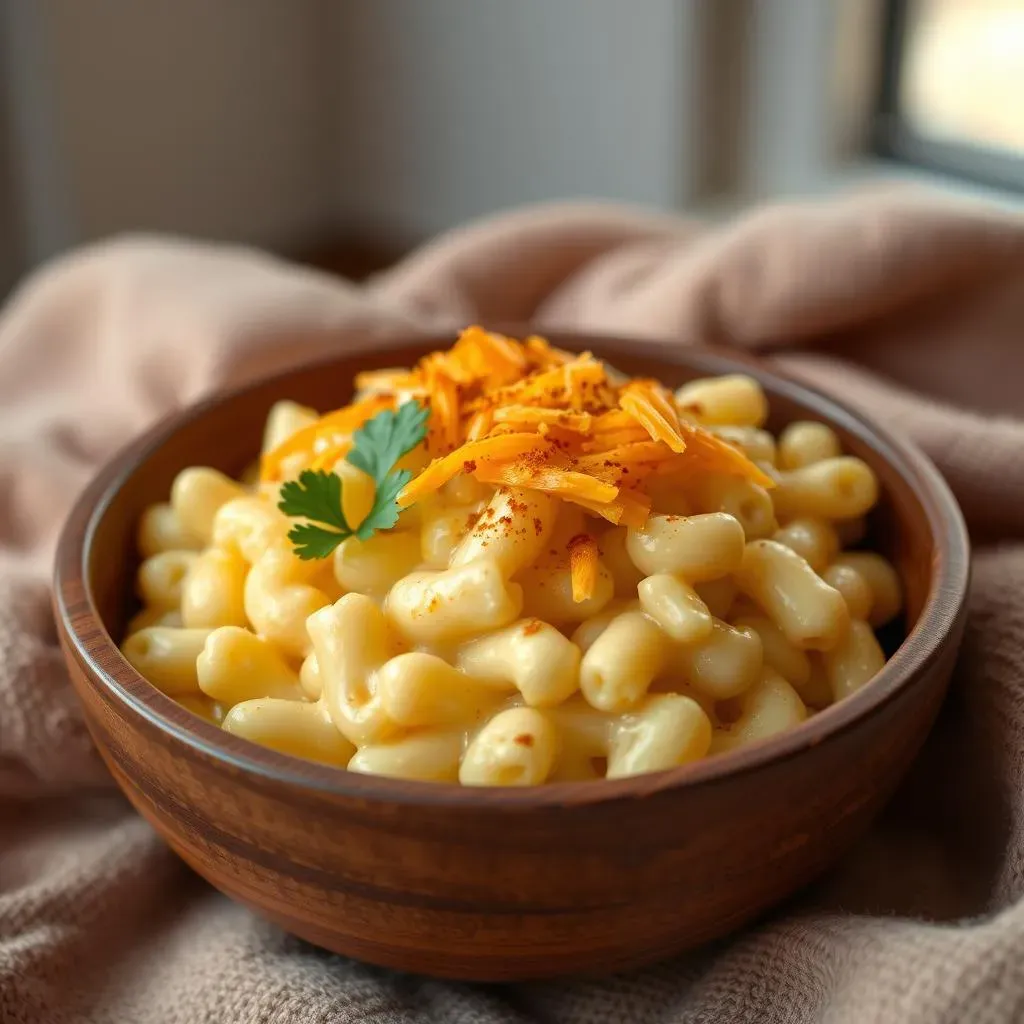
The Secret to Perfect Classic Homemade Mac and Cheese
High-Quality Cheese is Key
Let's face it, the cheese is the star of the show in any mac and cheese recipe. Using pre-shredded cheese might seem convenient, but it often contains cellulose, which can prevent it from melting smoothly. Instead, opt for a block of high-quality, aged cheddar cheese and grate it yourself. The difference in flavor and texture is remarkable. Trust me, it's worth the extra effort! Also, consider mixing in other cheeses to boost the flavor.
The Foundation: A Smooth Sauce
Nobody wants grainy mac and cheese. The secret to a velvety smooth cheese sauce lies in the béchamel base. Start by melting butter in a saucepan over medium heat. Whisk in flour and cook for a minute or two to create a roux. This helps thicken the sauce and prevent lumps. Slowly whisk in milk or half-and-half, making sure to stir constantly to avoid scorching. Continue cooking until the sauce thickens enough to coat the back of a spoon. This usually takes about 5-7 minutes.
Once you have your béchamel, remove the saucepan from the heat and gradually add your grated cheese, stirring until it's completely melted and smooth. Season with salt, pepper, and a pinch of nutmeg for a touch of warmth. The nutmeg is optional, but it really elevates the flavor profile. If you want to get a little fancy, try adding a dash of Dijon mustard for a tangy kick.
Low and Slow is the Way to Go
Patience is a virtue, especially when it comes to making mac and cheese. Don't crank up the heat in an attempt to speed things up. Cooking the cheese sauce over low heat ensures that the cheese melts evenly and smoothly, without becoming grainy or clumpy. Stir frequently to prevent sticking and burning. If the sauce becomes too thick, add a splash of milk or cream to thin it out. Remember, you can always add more liquid, but you can't take it away.
Once your cheese sauce is ready, stir in your cooked elbow macaroni or other pasta of choice. Make sure the pasta is cooked al dente, as it will continue to cook in the sauce. Gently fold the pasta into the cheese sauce until everything is evenly coated. At cheesymacrecipes.com, we believe that mac and cheese is more than just a dish; it's a celebration of comfort and flavor. Now, it's time to bake, broil, or serve this masterpiece!
Ingredients for the Best Classic Mac and Cheese Recipe
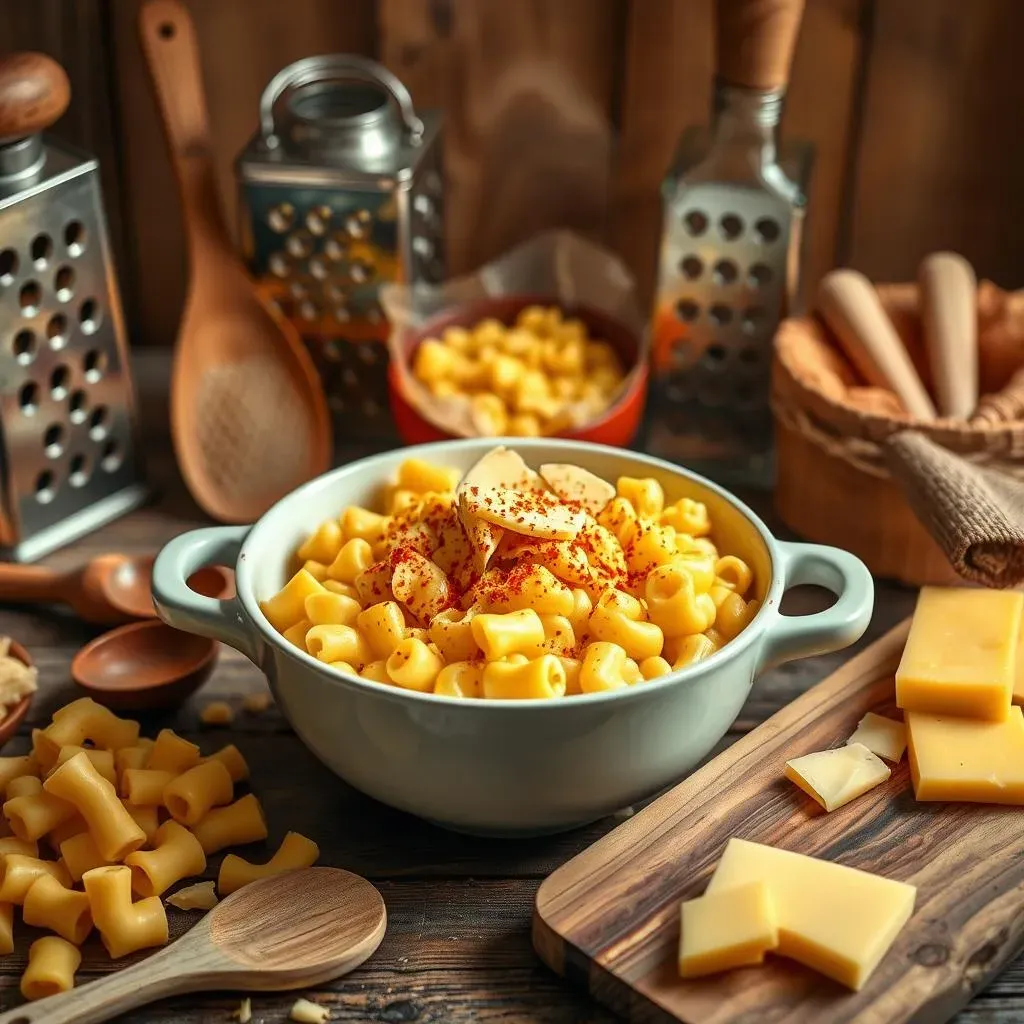
Ingredients for the Best Classic Mac and Cheese Recipe
Alright, let's talk ingredients! To nail that perfect classic homemade mac and cheese recipe, you gotta start with the right stuff. First up, pasta! Elbow macaroni is traditional, but feel free to experiment. Shells, cavatappi, even rotini work great. Just make sure you don't overcook it – al dente is the key, remember? Then, of course, there's the cheese. Sharp cheddar is a must, but don't be afraid to mix it up with Gruyere, Parmesan, or even a little Gouda for a richer, more complex flavor. As for the sauce, you'll need butter, flour, and milk (or half-and-half for extra creaminess). And don't forget the seasonings! Salt, pepper, and a pinch of nutmeg are essential, but a dash of Dijon mustard or garlic powder can also add a nice little kick.
Ingredient | Quantity | Notes |
|---|---|---|
Elbow Macaroni | 1 pound | Cook al dente |
Sharp Cheddar Cheese | 4 cups, grated | High-quality, aged cheddar |
Butter | 1/2 cup | Unsalted |
All-Purpose Flour | 1/4 cup | For thickening the sauce |
Milk (or Half-and-Half) | 3 cups | Whole milk or half-and-half for extra creaminess |
Salt | 1 teaspoon | Or to taste |
Black Pepper | 1/2 teaspoon | Freshly ground |
Nutmeg | Pinch | Optional, but adds warmth |
StepbyStep Instructions for Classic Homemade Mac and Cheese
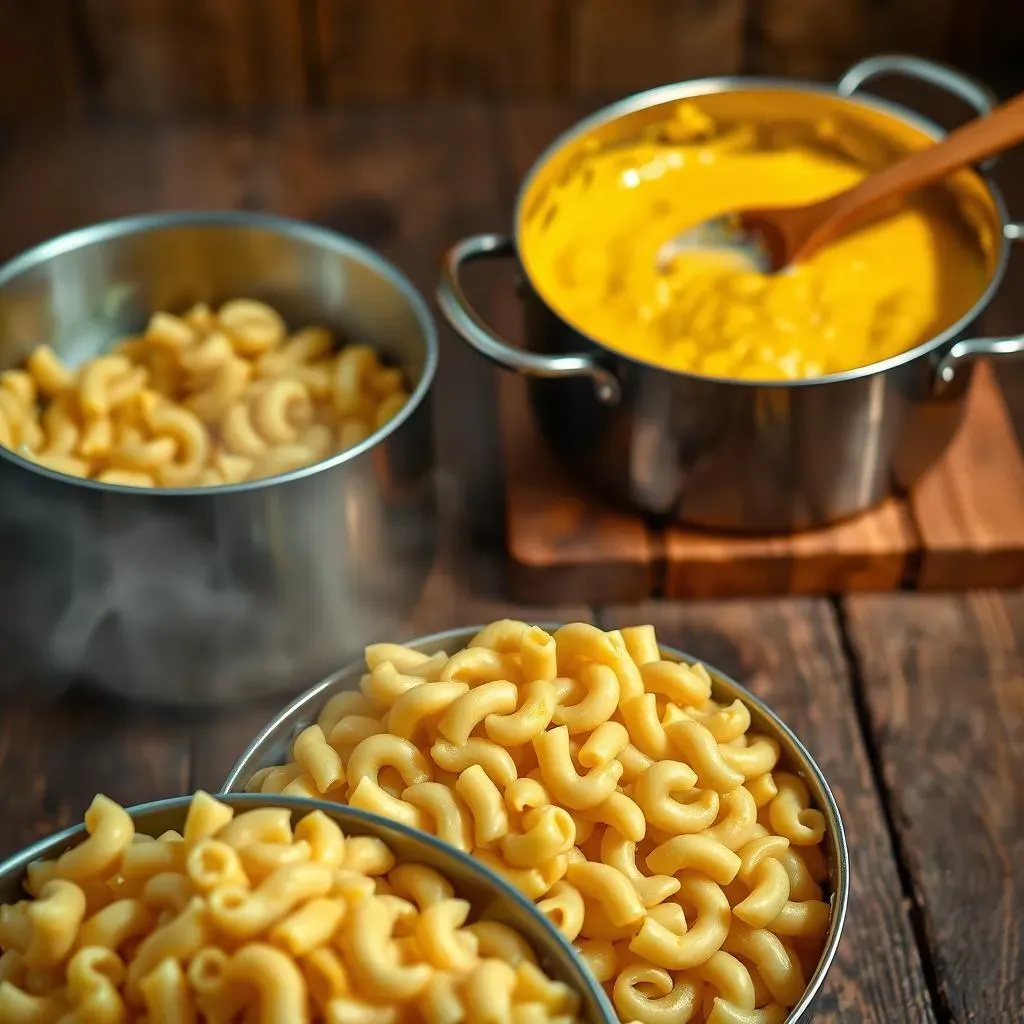
StepbyStep Instructions for Classic Homemade Mac and Cheese
Get Your Pasta Ready
First things first, let's get that pasta cooking! Fill a large pot with salted water and bring it to a rolling boil. Add your elbow macaroni and cook according to the package directions, but remember to cook it al dente! Nobody likes mushy mac and cheese. Once it's cooked, drain the pasta and set it aside. A little tip: toss the drained pasta with a drizzle of olive oil to prevent it from sticking together while you prepare the cheese sauce.
Crafting the Cheese Sauce
Now for the magic! In a medium saucepan, melt the butter over medium heat. Whisk in the flour and cook for about a minute or two, stirring constantly to create a smooth roux. This is what will thicken your sauce. Slowly whisk in the milk (or half-and-half) until the roux is fully incorporated and there are no lumps. Continue cooking, stirring constantly, until the sauce thickens and coats the back of a spoon. This should take about 5-7 minutes. Reduce the heat to low and remove the saucepan from the heat. Gradually add the grated cheddar cheese, stirring until it's completely melted and smooth. Season with salt, pepper, and a pinch of nutmeg. Taste and adjust seasonings as needed.
Combining and Baking (Optional)
Alright, time to bring it all together! Add the cooked macaroni to the cheese sauce and gently fold until the pasta is evenly coated. At this point, you can either serve it immediately or transfer it to a baking dish for a baked mac and cheese. If baking, preheat your oven to 350°F (175°C). Pour the mac and cheese into a greased baking dish and sprinkle with extra cheese or breadcrumbs, if desired. Bake for 20-25 minutes, or until golden brown and bubbly. Let it cool for a few minutes before serving. Enjoy your delicious, classic homemade mac and cheese!
Variations and Addins to Elevate Your Mac and Cheese
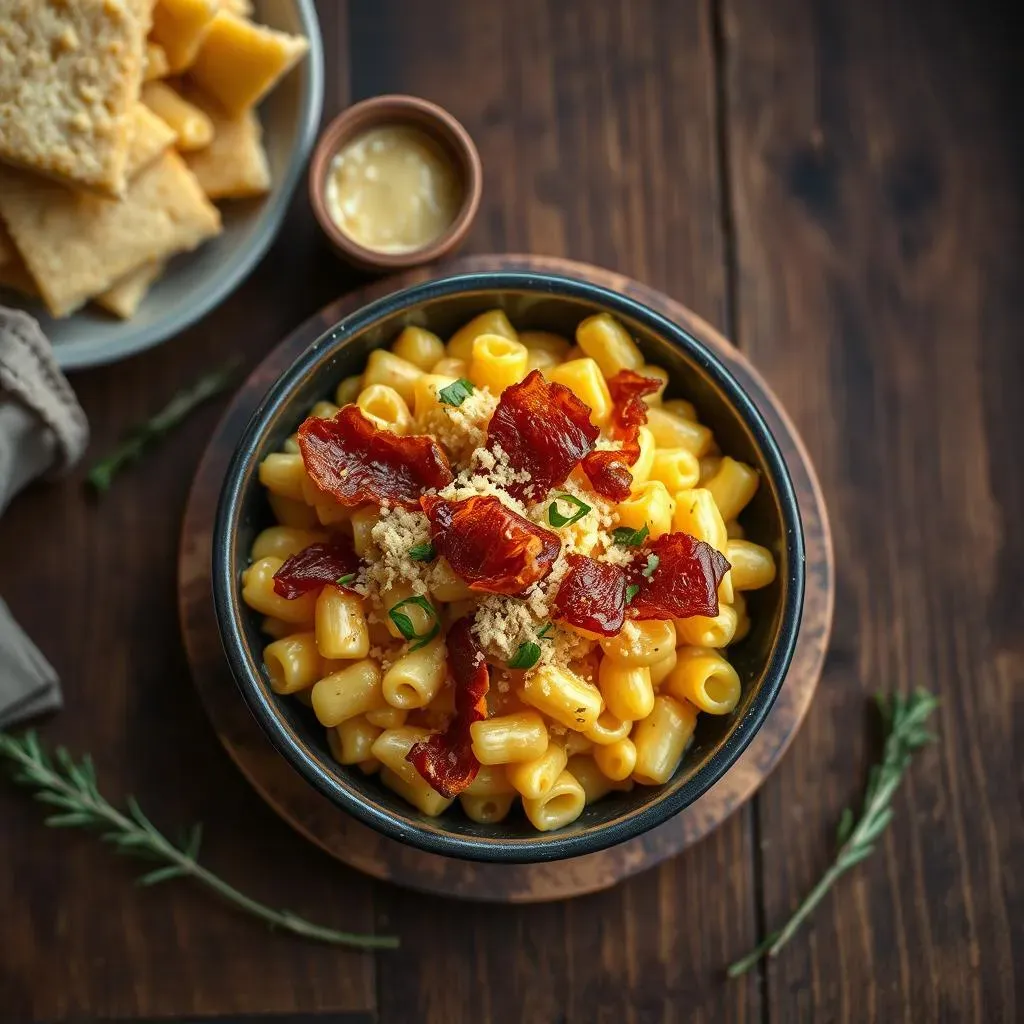
Variations and Addins to Elevate Your Mac and Cheese
Bacon Makes Everything Better
Let's be real, who doesn't love bacon? Adding crispy bacon to your mac and cheese is a surefire way to take it to the next level. Cook the bacon until crispy, crumble it into small pieces, and stir it into the mac and cheese before serving or baking. The smoky, salty flavor of the bacon complements the creamy cheese sauce perfectly. For an extra layer of flavor, try using bacon-infused olive oil to sauté the pasta before adding it to the cheese sauce.
Another great addition is a sprinkle of breadcrumbs on top before baking. Mix breadcrumbs with melted butter and Parmesan cheese for a crispy, golden crust. You can also add some chopped herbs, like parsley or chives, for a pop of freshness. If you're feeling adventurous, try adding a pinch of red pepper flakes for a little heat. The possibilities are endless!
Add-in | Flavor Profile | Preparation |
|---|---|---|
Bacon | Smoky, Salty | Cook until crispy, crumble |
Breadcrumbs | Crispy, Buttery | Mix with melted butter and Parmesan |
Jalapeños | Spicy, Tangy | Finely chopped, fresh or pickled |
Cheese, Please!
Don't be afraid to experiment with different types of cheese in your mac and cheese. While cheddar is a classic choice, there are so many other delicious cheeses out there that can add unique flavors and textures. Gruyere adds a nutty, complex flavor, while Gouda provides a creamy, slightly sweet taste. For a sharper flavor, try adding some Parmesan or Pecorino Romano. You can also use a combination of cheeses to create a truly unique flavor profile. Just make sure the cheeses you choose melt well and complement each other.
If you're looking for a vegetarian option, try adding roasted vegetables to your mac and cheese. Broccoli, cauliflower, and Brussels sprouts all pair well with cheese sauce. Simply roast the vegetables until tender and slightly caramelized, then stir them into the mac and cheese before serving or baking. You can also add some sun-dried tomatoes or artichoke hearts for a Mediterranean-inspired twist. Get creative and have fun with it!
Tips for Freezing, Storing, and Reheating Your Homemade Mac and Cheese
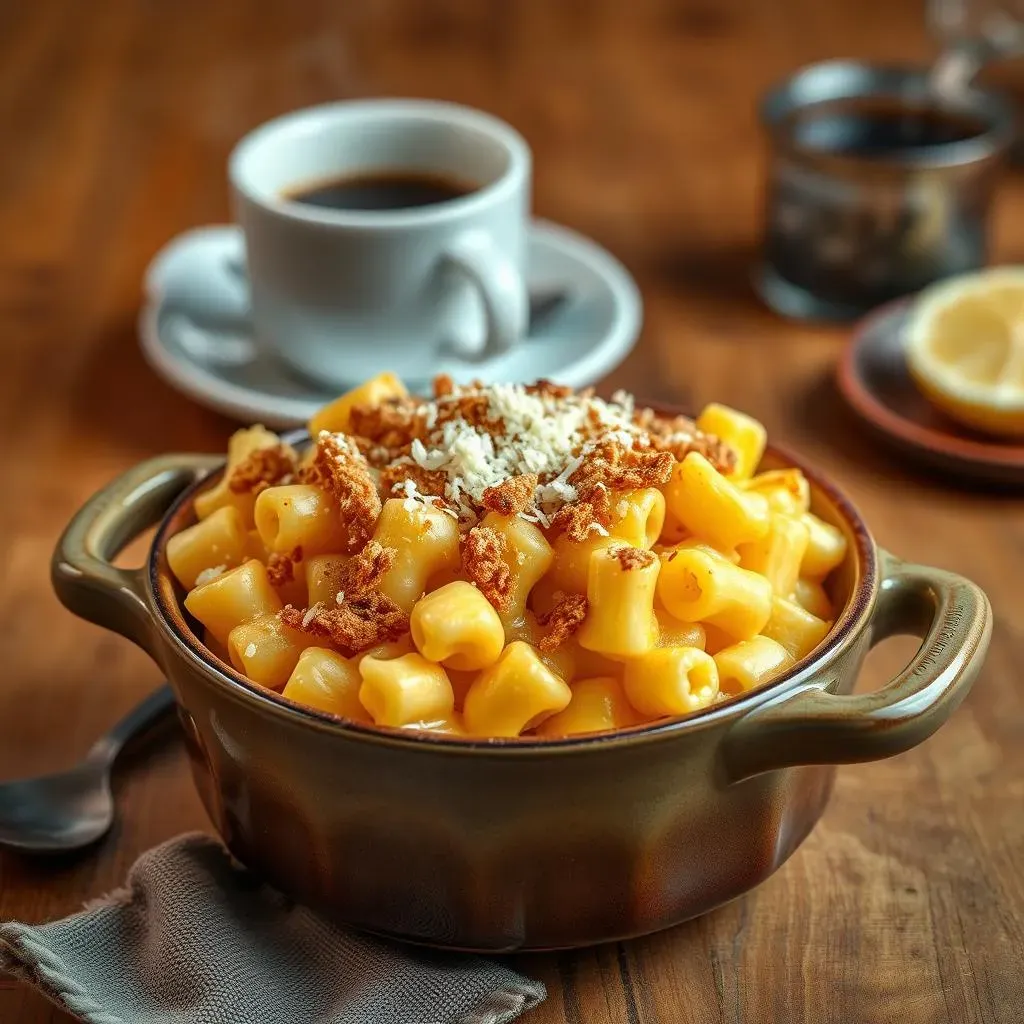
Tips for Freezing, Storing, and Reheating Your Homemade Mac and Cheese
Freezing for Future Feasts
Want to enjoy that classic homemade mac and cheese goodness later? Freezing is your friend! But here's the deal: it's best to freeze it *before* baking. Once it's baked, the texture can get a little wonky after thawing. So, assemble your mac and cheese as usual, but instead of popping it in the oven, transfer it to a freezer-safe dish. Cover it tightly with plastic wrap, pressing down to remove any air pockets, then wrap it again with foil. It'll keep in the freezer for up to 2-3 months. When you're ready to bake, thaw it in the fridge overnight, then bake as directed. You might need to add a splash of milk or cream to loosen it up a bit before baking, as it can dry out slightly during freezing.
For individual portions, try freezing the mac and cheese in muffin tins! Once frozen solid, pop them out and store them in a freezer bag. This is perfect for quick lunches or single servings. When reheating, you can microwave them or bake them in the oven until heated through.
Storing Leftovers Like a Pro
Got leftovers? Lucky you! Store your cooked mac and cheese in an airtight container in the fridge. It'll stay good for about 3-4 days. When reheating, add a splash of milk or cream to keep it from drying out. You can reheat it in the microwave, on the stovetop, or in the oven. If microwaving, heat in short intervals, stirring in between, to prevent it from overheating and becoming rubbery. On the stovetop, heat over low heat, stirring frequently, until heated through. In the oven, bake at 350°F (175°C) until warmed through, adding a little extra cheese on top for a gooey finish.
One thing to keep in mind: the texture of reheated mac and cheese won't be quite the same as when it's freshly made. The pasta can become a little softer, and the sauce may separate slightly. But hey, it's still mac and cheese, and it's still delicious!
Method | Instructions | Tips |
|---|---|---|
Freezing (Unbaked) | Assemble in freezer-safe dish, wrap tightly, freeze up to 3 months. | Thaw overnight in fridge before baking. |
Refrigerating (Cooked) | Store in airtight container, refrigerate up to 3-4 days. | Add milk/cream when reheating to prevent drying. |
Reheating (Microwave) | Heat in short intervals, stirring in between. | Avoid overheating to prevent rubbery texture. |
Conclusion: Your Journey to Mac and Cheese Mastery
So, there you have it: your guide to crafting the ultimate classic homemade macaroni and cheese recipe. From mastering the cheese sauce to experimenting with exciting add-ins, you're now equipped to create a dish that's both comforting and unforgettable. Whether you stick to the classic recipe or venture into new cheesy territories, remember that the best mac and cheese is the one that brings you joy. So, gather your ingredients, preheat your oven, and get ready to experience the magic of homemade mac and cheese. Happy cooking from cheesymacrecipes.com!